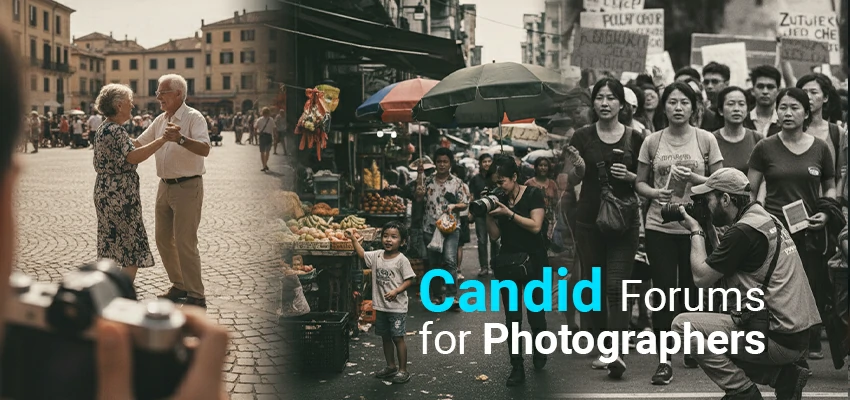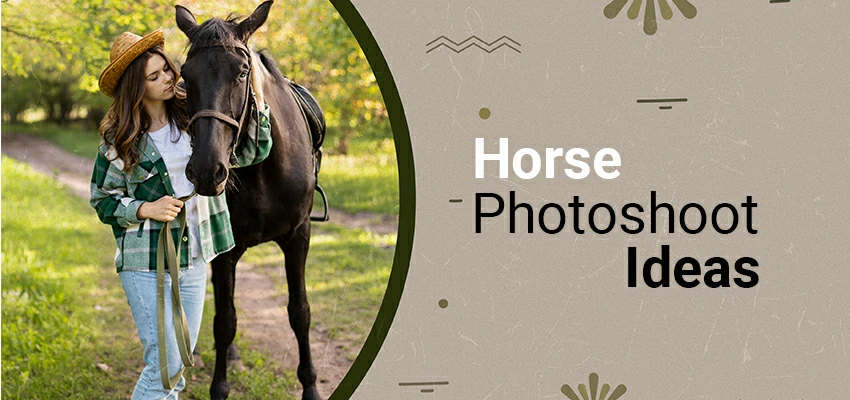Mastering Car Photography: 15 Expert Tips for Stunning Shots

Car photography goes beyond just taking pictures of cars. It’s about showcasing a vehicle’s design, personality, and power. This makes each car unique. Whether for fun, a client, or social media, using the right techniques is key. It significantly improves the final result.
Well! These tips will help you take car photos that look professional. You’ll learn about the best time to shoot and how lighting affects your pictures. Ready to up your car photography? Let’s explore these 15 essential tips!
Tip 1: Choose the Right Time of Day
When you take car photos matters. Early morning and late afternoon, or golden hour, provide soft, warm light. This light showcases the car’s curves and details, avoiding harsh shadows.
Don’t shoot at midday when the sun is high. It causes harsh contrasts and bad reflections. For dramatic shots, aim for sunset or twilight. These times offer beautiful backdrops. Always use natural light for the best results. Plan your shoot around it.
Tip 2: Location, Location, Location
Where you shoot your car greatly affects your photos. A good backdrop enhances the car and mood. For example, urban settings like city streets or parking garages add a modern, gritty feel.
Natural landscapes, such as mountains and beaches, offer a calm, open setting. Avoid busy or cluttered places that distract from the car. Always pick a location that matches the car’s style and enhances your photo story.
Tip 3: Clean the Car Thoroughly
A clean car is vital for good photos. Tiny dirt or smudges can distract in clear images. So, wash and detail the car before your shoot. Focus on the windows, mirrors, wheels, and body, as these attract dust and fingerprints.
A polished car reflects light better, making it look vibrant and glossy in photos. Also, check for spots and streaks between shots to keep it perfect.
Tip 4: Use a Polarizing Filter
A polarizing filter greatly improves car photography. It cuts glare and reflections on shiny surfaces, like windows and the car body. This results in clearer, more vibrant photos. It’s especially helpful outdoors in bright sunlight. The filter reduces unwanted reflections and enhances colors.
A polarizing filter makes a car’s paint look richer and details clearer. It’s an easy tool that greatly enhances your photos. So, it’s worth buying if you’re serious about car photography.
Tip 5: Focus on the Details
When photographing cars, capture both the whole vehicle and its unique details. Take close-ups of the emblem, headlights, wheels, interior stitching, and fender curves. These shots showcase the car’s craftsmanship and personality.
Including detail shots in your photos adds variety and tells a fuller story about the car. These shots often highlight beauty not seen in wider views. So, always mix wide and detail shots for the best collection.
Tip 6: Experiment with Different Angles
Get creative with your angles when shooting cars. For a powerful look, shoot from low angles. Alternatively, an overhead shot offers a fresh perspective. Additionally, side profiles, front views, and rear shots showcase different car features.
Changing your angles adds depth to your photos, making the car stand out. Move around and try different viewpoints; the best shot might come from an unexpected angle!
Tip 7: Master Panning Shots
Panning shots capture speed and motion in car photography. To master this, follow the car with your camera and use a slower shutter speed. This creates a blurred background, keeping the car sharp, making it seem like it’s racing.
Begin with a shutter speed of 1/60th of a second. Adjust it based on the car’s speed. Remember, practice is key. Don’t worry if you need a few tries to capture the perfect action shot!
Tip 8: Capture Reflections with Care
Reflections can enhance car photos with creativity and drama, but they also pose challenges. First, watch for unwanted reflections of objects, people, or even yourself, as these can distract from the photo. Next, carefully position the car and yourself to manage reflections. Alternatively, consider using a polarizing filter to reduce reflections.
You can also use reflections on purpose. For example, show the surroundings in the car’s shiny body for a cool effect. Just ensure the reflection enhances the photo.
Tip 9: Adjust Your Aperture for Different Shots
The aperture setting on your camera is vital for depth of field in car photography. For full car shots, use a smaller aperture (higher f-stop). This keeps the car and background in focus.
For close-up shots, use a wider aperture for a blurred background. This makes the car’s features stand out. Adjusting the aperture helps you capture both detailed and artistic images.
Tip 10: Incorporate Motion with Rolling Shots
Rolling shots capture moving cars in dynamic images. To take these, shoot from a moving vehicle and focus on the car. Use a slow shutter speed, about 1/100th of a second or slower. This technique blurs the background but keeps the car sharp.
This suggests speed and motion. First, ensure safety. Pick a quiet road or racetrack. Both cars should match speeds. With practice, rolling shots can bring your car photos to life.
Tip 11: Pay Attention to Car Colors
Car colors greatly impact photos. So, consider them while shooting. Bright cars, like red or yellow, stand out in any setting. However, dark cars, like black or navy, need careful lighting to avoid blending into the background.
Consider the surroundings and lighting to make the car’s color pop. Use natural or studio light to enhance the paint’s richness. Avoid harsh shadows, as they dull lighter colors. Knowing how colors interact with light is key to achieving the best results.
Tip 12: Use Proper Lighting in Night Shots
Night shots can make cars look sleek and dramatic. However, good lighting is key for low light images. Use the car’s headlights or nearby street lights for interesting effects. Alternatively, add external flashes or softboxes to light the car and avoid harsh shadows.
Balancing exposure prevents cars from being too dark or lights too bright. Try long exposures for light trails or a glowing city. With the right lighting and exposure, you can capture stunning car photos at night.
Tip 13: Don’t Overlook Post-Processing
Car photos come alive with post-processing magic. Adobe Lightroom and Photoshop unlock a world of tweaks. Adjust color, sharpen details, and enhance paint shine. Shadows reveal hidden beauty. Unwanted reflections vanish. These tools transform ordinary shots into stunning automotive art.
Post-processing helps fix small flaws or background distractions. However, keep edits natural to maintain the car’s authenticity. Aim to enhance, not completely change, the photo.
Tip 14: Experiment with Reflection Pools
Use reflection pools, puddles, or calm water to enhance your car photos. Place the car near a reflective surface to capture its image in the water. This creates a dramatic, symmetrical effect that creatively highlights the car.
You can adjust lighting and angles to enhance the reflection. Adding ripples can make it more dynamic. Also, try different surfaces to see what best highlights the car and the shot.
Tip 15: Capture the Car in Context
Putting the car in its ideal setting makes the story more engaging. Consider its intended environment: an SUV on a rough trail, a sports car on a racetrack, or a classic car on a scenic highway.
Taking pictures of the car in relevant settings links it to its environment. This makes the photos more interesting. It also shows the car in action, adding authenticity and depth.
Final Thoughts
Car photography highlights a vehicle’s beauty, power, and character. Use these 15 tips for stunning shots. First, choose the right lighting and location. Then, play with angles and reflections. These details make your photos unique.
Take your time in post-processing to improve the final result. Always be creative. These tips will help you create top-quality, standout car images. Use them whether you’re shooting for fun, a client, or your portfolio.



















